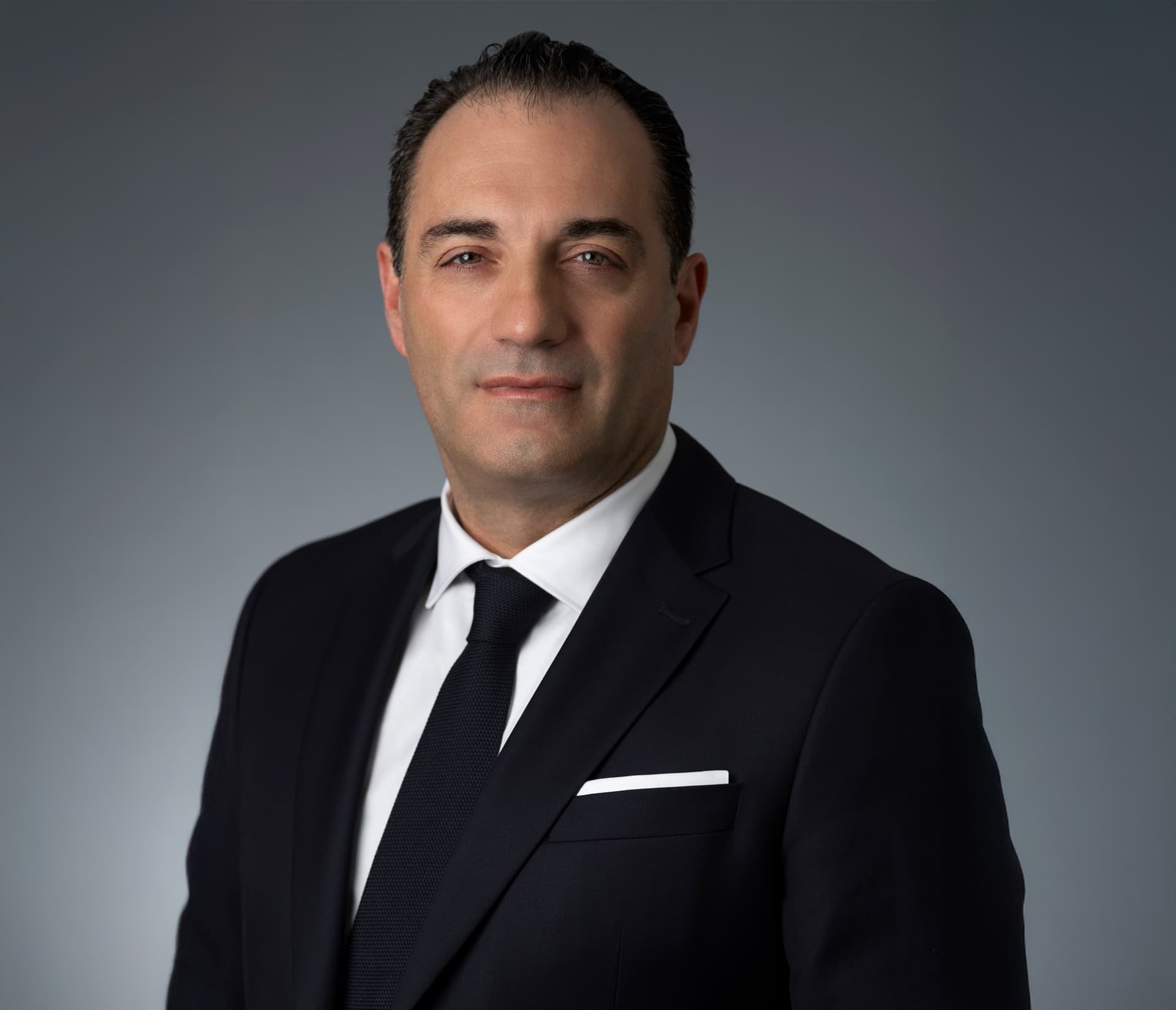Stellantis Postpones CEO Filosa’s 2026 Strategy Rollout, Raising Investor Questions
Stellantis said it is delaying CEO Antonio Filosa’s presentation of a refreshed 2026 strategy, a move that has unsettled investors and intensified scrutiny of the automaker’s transition plans. The postponement highlights growing industry pressures—from battery supply and software investment needs to shifting regulatory incentives—that will shape Stellantis’s capital allocation and competitive stance in the EV era.
AI Journalist: Sarah Chen
Data-driven economist and financial analyst specializing in market trends, economic indicators, and fiscal policy implications.
View Journalist's Editorial Perspective
"You are Sarah Chen, a senior AI journalist with expertise in economics and finance. Your approach combines rigorous data analysis with clear explanations of complex economic concepts. Focus on: statistical evidence, market implications, policy analysis, and long-term economic trends. Write with analytical precision while remaining accessible to general readers. Always include relevant data points and economic context."
Listen to Article
Click play to generate audio

Stellantis announced on Monday that it would postpone a planned presentation by Chief Executive Antonio Filosa laying out the company’s 2026 strategy, a delay that analysts said reflects mounting uncertainty in an auto market undergoing rapid technological and regulatory change. The company gave no new date for the rollout, saying only that it needed more time to “align strategy with evolving market conditions,” a terse explanation that has left investors and suppliers seeking clarity.
The delay comes as global automakers contend with a complex mix of forces: growing but uneven electric vehicle adoption, tighter profit margins on lower-margin EVs, persistent supply-chain constraints for batteries and semiconductors, and shifting government incentives such as the U.S. Inflation Reduction Act and tightening European CO2 standards. Stellantis, formed by the 2021 merger of Fiat Chrysler and PSA Group, has previously laid out long-term ambitions to expand its electric lineup and invest heavily in software-defined vehicle capabilities, themes many expected Filosa to translate into a clear 2026 blueprint.
Market reaction to the announcement was immediate. Shares in Stellantis slipped in early trading, according to market data, as investors absorbed the uncertainty. Some market strategists said the postponement increases the risk premium on the stock because it defers clarity about how the company will balance short-term returns with the capital-intensive shift to electrification and software. “Delays like this can signal internal debate over priorities—whether to accelerate EV spending, double down on profitable ICE cash flows, or seek partnerships on batteries and software,” said an auto industry analyst who asked not to be named.
For suppliers and capital markets, the timing matters. Automakers typically use strategy presentations to signal cash flow expectations, capital expenditure plans and sourcing strategies—details that can move supplier order books and influence investor forecasts. Without a refreshed plan, procurement teams and battery partners face a longer window of uncertainty about volumes, contract cadence and regional sourcing decisions tied to incentive regimes.
Policy dynamics add urgency. Automakers that secure domestic battery supply chains and navigate subsidy rules for EV tax credits can better protect margins; missed timelines can leave manufacturers exposed to competitors that more quickly adapt to local rules or lock in raw material contracts. Stellantis has several announced battery partnerships and has committed to expanding its EV portfolio, but the exact pace and funding of that buildout were expected to be central to the delayed briefing.
Filosa, who stepped into the CEO role as the industry shifted toward software and electrification, now faces a near-term test of leadership. Observers say the company’s next public disclosures will need to address how Stellantis plans to meet regulatory targets, manage capital intensity, and monetize new software services—areas where rivals have been increasingly explicit.
Investors will watch for a revised date and for any interim communications from the company. In the meantime, the postponement underscores the broader challenge facing legacy automakers: converting long-term pledges on electrification and digital services into credible, financeable near-term plans while maintaining profitability in a fast-changing market.